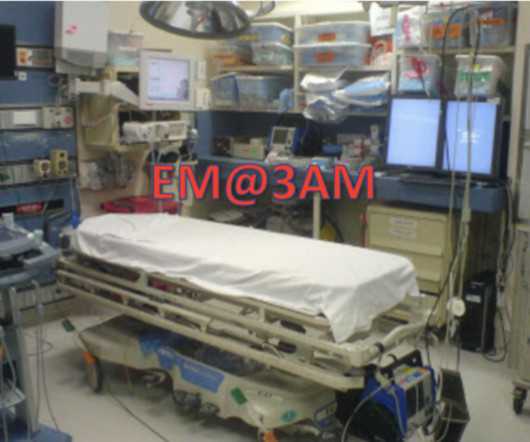SGEM#469: You Take My Breath Away – D-dimer for Ruling out PE in High-Risk Patients
The Skeptics' Guide to EM
MARCH 1, 2025
There is a need to right size testing such that we do not miss clinically important PEs without exposing very low risk patients to risks of imaging (ionizing radiation, contrast, allergic reaction, cost, and misdiagnosis). Intervention: Age-adjusted or standard (<500) cut off for d-dimer Comparison: None Outcome:















Let's personalize your content